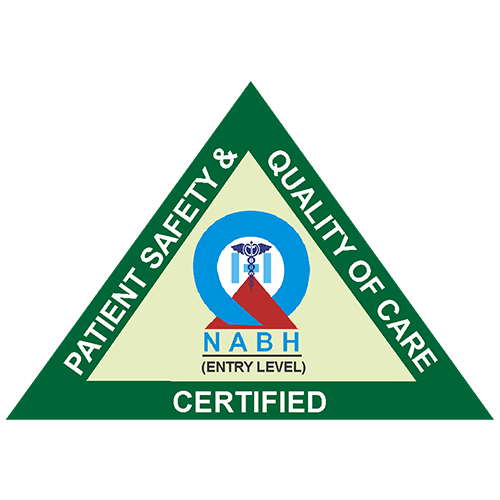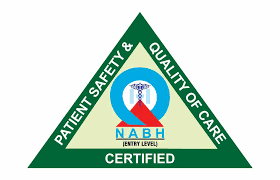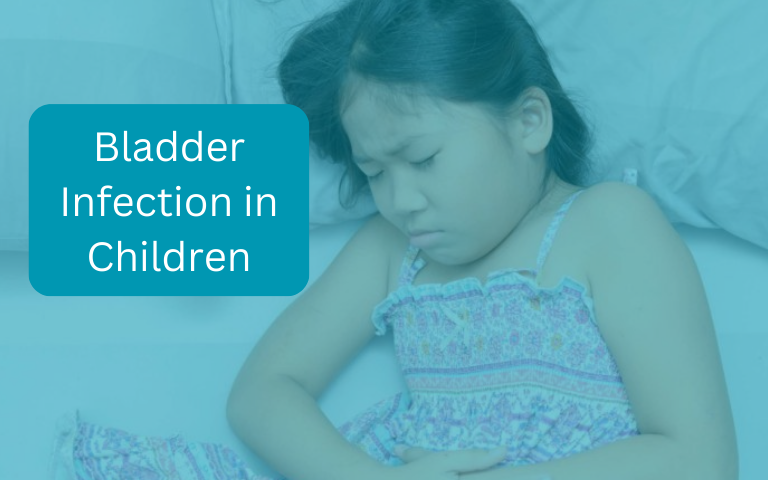Bladder Infection in Children:
A bladder infection, often known as cystitis, is an infection of the urinary bladder. The phrase “urinary tract infection” is used to describe any infection that might affect an organ of the urinary system. Any child, regardless of age, can get a bladder infection, which requires prompt medical attention. The skin and gut contain a variety of beneficial bacteria, but they are not permitted to enter the urinary system. These bacteria enter the urinary system through the skin or faeces in cases of paediatric bladder infections. The child, therefore, feels feverish, pain and has a burning feeling when passing urine. Infants may not be diagnosed because they are unable to communicate their symptoms. As a result, the condition gets worse.
What Leads to Bladder Infections in Children?
By the age of five, the virus typically affects 3% of boys and 8% of girls. Females are more likely than boys to get an infection when they are under a year old, especially in the case of girls. The following is a list of causes of bladder infection:
- a) Bacterial Entry: Most germs are eliminated in the urine that the kidneys produce. Escherichia coli is one of the germs that come from the stomach or gut and endanger the urinary system (E. Coli).
- b) Vesicoureteral Reflux: This ailment occurs when the urine’s natural flow channel is altered, causing it to flow from the bladder to the ureters. It is frequently observed in children and newborns and raises the risk of urinary tract infection as the urine remains inside the body.
- c) Unhealthy Bladder Habits: The ability of the urinary system to fight infections is negatively impacted by a child’s practice of retaining urine, not emptying the bladder, and wetting the bed (a condition known as bedwetting).
- d) Being a Girl: Because the urethra is situated close to the anus, an organ that permits the passage of faeces, bacteria can easily enter the bladder through stools in females, causing urinary infections.
What Signs and Symptoms Show Up in Children with Bladder Infections?
UTI signs and symptoms differ between infants, young children, and older children. However, the infants typically exhibit the following signs and symptoms:
- Occasional fever.
- Due to discomfort in the stomach, the infant resists eating. The baby’s growth is, therefore, poor.
- The child loses weight, becomes weak and exhausted since they aren’t eating properly.
- The urine has a foul odour.
- Diarrhoea and vomiting are frequently observed.
The symptoms listed below are typically present in older children:
- A fever is frequently present along with the illness.
- Lower back and stomach discomfort.
- The patient can only pass a few drops of urine at a time because the urine flow is constrained.
- Some children may experience urinary incontinence or urine leakage.
- The urine has a foul odour and a hazy appearance.
How are Bladder Infection in Children Diagnosed?
Bladder infections in children can be diagnosed by a combination of physical examination, medical history, and laboratory tests. Some of the common methods used to diagnose bladder infections in children are:
- A urine sample is collected and analyzed to look for the presence of white blood cells, red blood cells, and bacteria.
- A urine culture helps identify the specific bacteria causing the infection and helps the doctor choose the most appropriate medication for treatment.
- An ultrasound of the kidneys and bladder may be done to check for any abnormalities or blockages.
- In some cases, X-rays or CT scans may be done to check for any structural abnormalities in the urinary tract.
- A cystoscopy is a procedure in which a thin, flexible tube with a camera is inserted into the bladder to look for any signs of inflammation or infection.
It is important to seek medical attention if your child has symptoms of a bladder infection, such as painful urination, frequent urination, or fever, to prevent complications and ensure prompt treatment.
How is a Child’s Bladder Infection Treated?
Children with bladder infections are treated by pharmacological management suggested by your doctor. The child’s age determines the administration of the drug. Medications are given orally as liquids if the child is two months and older (syrups). When a child refuses to take medicine and is often vomiting up, the medication is injected into the veins. The infection often goes away in two to three days, but all the prescriptions must be taken. In order to determine if the medications were successful in treating the infection, the doctor may advise repeating the diagnostic tests.
How Can Children Avoid Bladder Infections?
The practises listed below assist avoid bladder infections:
1) The infant must be given adequate water to drink, and the parents should make sure of this. It is because water helps to prevent illness by flushing away germs from the body.
2) Children often retain their urination for an extended period of time and pee improperly. Due to the urine’s persistence inside the body, germs might thrive there and cause an infection. As a result, parents must teach their kids good bowel and bladder habits, such as using the restroom as soon as the urge arises, emptying the bladder, and wiping after passing pee, from front to back.
3) The faeces harden and stay in the body if the child has irregular bowel motions and constipation. They thus exert more pressure on the bladder and hinder urine flow. To avoid infections, it’s important to have good bowel movements.
4) For infants, diapers must be changed often, and the region must be cleaned to keep the area free of bacteria.
5) Parents should seek medical advice as soon as possible for treatment if their child has urinary tract blockage, renal illness, or any other issue.
6) The child must get adequate fluids while staying away from canned juices and fizzy beverages. To maintain ideal fluid levels, fresh fruit juices should be administered.
What Consequences Can Bladder Infections Cause in Children?
Bladder infections in children can lead to various problems with potential consequences, including:
1) Kidney Damage: If urinary tract infections are left untreated, they can result in kidney scarring, potentially causing long-term kidney damage.
2) Increased Blood Pressure or Hypertension: Kidney impairment can lead to the accumulation of waste products and toxins in the body, resulting in elevated blood pressure.
3) Bladder Issues: Children with bladder infections may experience temporary bladder dysfunction, leading to urine leakage (urinary incontinence). This condition can contribute to bedwetting.
Conclusion:
While bladder or urinary tract infections are rarely life-threatening, they require prompt treatment to prevent complications. In young children, especially babies and toddlers, these infections often go undiagnosed as they can’t express their symptoms. However, parents should be vigilant in recognizing symptoms and informing the doctor and medications should be administered as per the doctor’s advice.




